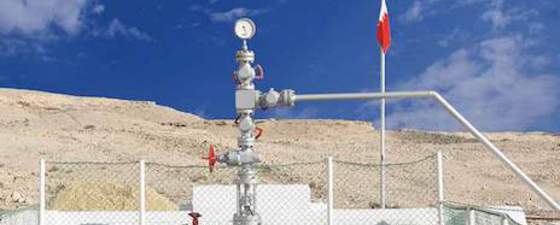Oil was first found in the area in Iran in 1908, while in 1932 the earliest discovery in the Persian Gulf was made in bahrain, now the location for GEO 2012, the biennial Middle East geosciences conference. Since then, the region has kept much of the world well supplied with hydrocarbons and, according to the BP Statistical review, it still is believed to hold 54% of the earth’s known oil resources and over 40% of gas reserves. In 2010 the average production was 25 million barrels of oil per day, providing the world with 30% of its total energy needs.
With the eyes of the media on much of the Middle East at the moment, the important role the region plays in the economy, wealth and stability of the whole world is unmistakable, and there seems little reason to doubt that Middle eastern oil and gas will continue to play as significant a part during the next century as it did in the last. So in this issue of GEO ExPro Magazine we pay homage to that contribution and look at several key aspects of the oil industry in the Middle East, including the influence of the formation of the Zagros Mountains on the accumulation of hydrocarbons in the area, and the history of the development of the oil industry at the opposite end of the Arabian Gulf, in Oman.
Crucial to the success of the industry in the Middle East, as well as elsewhere, has been the continuing development of and use of new technologies to find and extract the highest possible yield from each hydrocarbon accumulation, and we also look at some of the new technologies available to help do just that. The utilisation of CO2 as one of the most efficient and effective of the improved recovery mechanisms available to us is discussed, as is the development of the most advanced workstations for geological modelling. as ever, it is fascinating to watch how this vibrant industry




